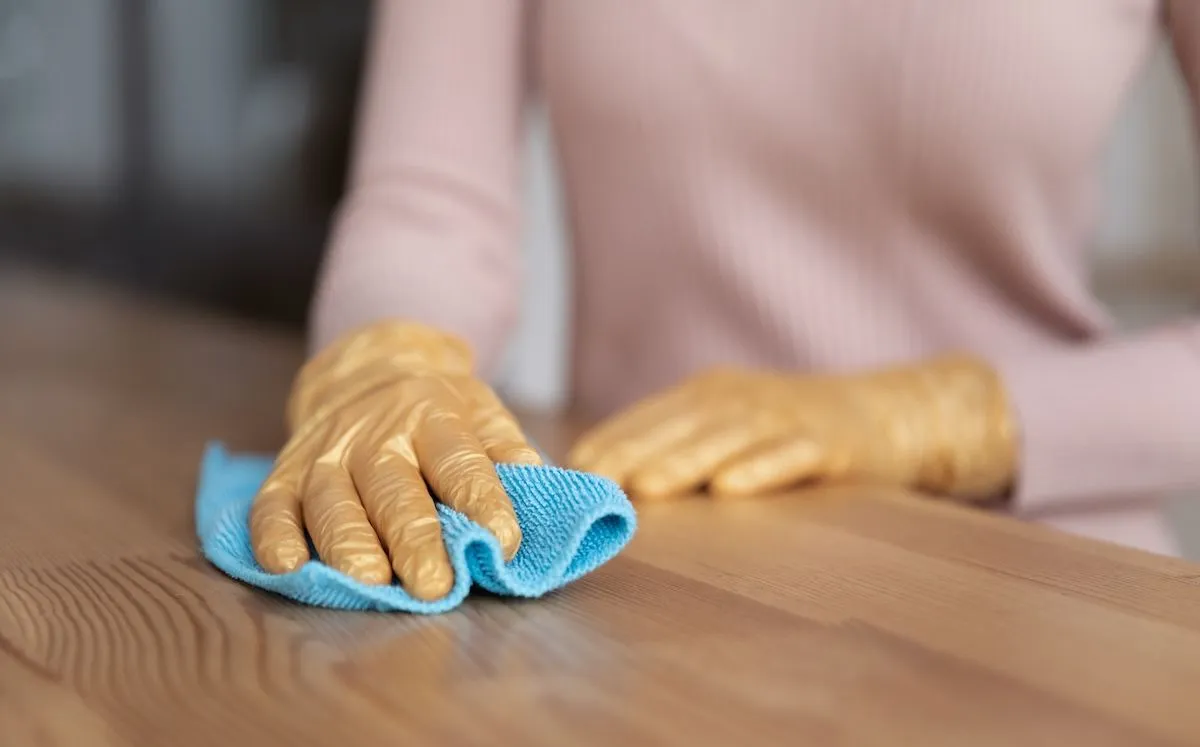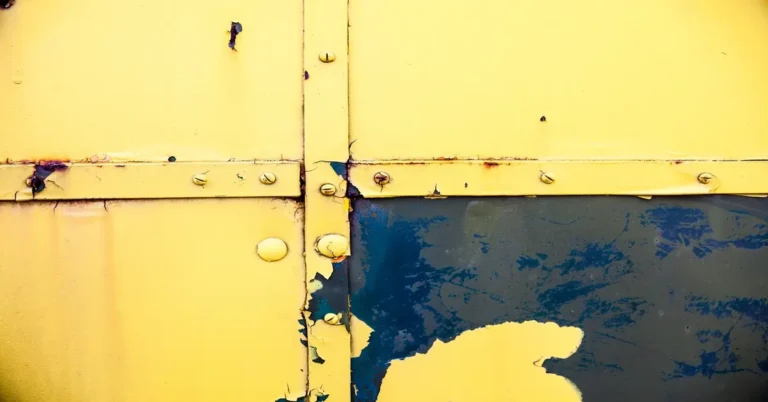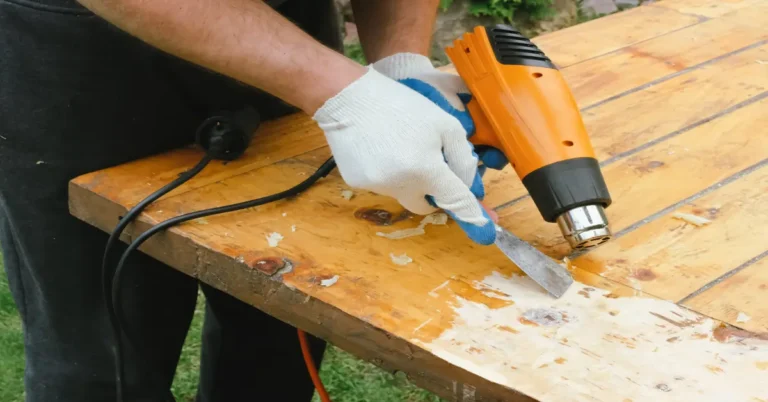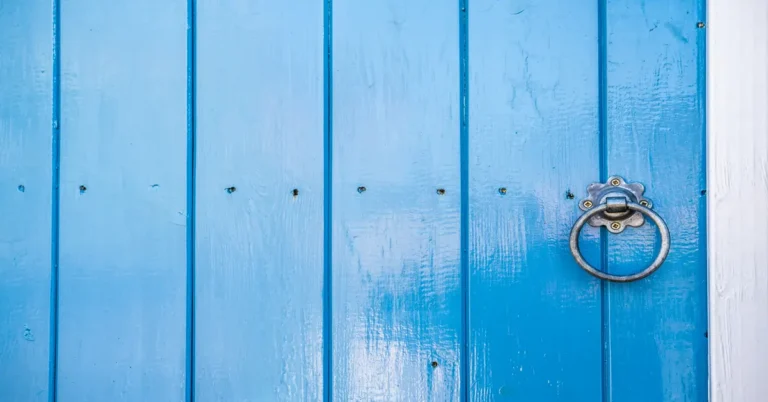There is something undeniably understated about the appearance of wooden furniture in various spaces in your home or office. Whether you have wooden tables, chairs, shelves, and cabinets made from different types of wood, or even a structure or house made of it, you know that these can last for a long time.
However, the threat of wood rot is still very present. Not only can this issue damage the physical appearance of wooden furniture, but it can also negatively affect the material’s structural integrity and lead to a lack of stability.
Prevent wood rot before it wreaks havoc on your wooden furniture and even your home. Learn how to preserve wood from causes of rotting, why this issue manifests, and how to spot early signs of damage.
Causes and Types of Wood Rot to Be Wary Of
There are multiple causes linked to the appearance of wood rot, such as:
- Poor ventilation, drainage, and/or plumbing
- Exposure to or presence of plants growing beside the wooden structure
- Appliances like lawn sprinklers or drain pipes
- Leaking roof
Notice a pattern? If there’s one common denominator for these possible causes of wood rot, it’s exposure to water and moisture. These elements of nature cause the wood to become damp and increase its moisture content. The material then becomes an ideal environment for wood-eating fungi to grow and trigger any of these types of wood rot:
- Brown rot: This is sometimes called “dry rot” because the wood looks “parched.” Brown rot is mainly caused by the monilinia fungi (M.fructicola and M.laxa) that attack the wood and target cellulose, a substance responsible for the material’s structural integrity and strength. The fungi can thrive in environments with temperatures of 18 to 32 degrees Celsius (65 to 90 degrees Fahrenheit).
Because of the fungi’s repeated attacks, the cellulose is broken down, causing the wood to shrink and take on a brown color. The wood can also go through an issue called a cubical fracture, wherein the material disintegrates into small cubes. If left unaddressed, brown rot can spread quickly from one part of the wood to another and destroy the material altogether.
- White rot: This happens when the fungi target lignin, a type of polymer found in wood. Because of the fungi attack, the wood becomes spongy and takes on a light yellow or white color. Just like with brown rot, the fungi responsible for white rot can grow in places with temperatures of 18 to 32 degrees Celsius (65 to 90 degrees Fahrenheit).
- Soft rot: This is mainly linked to a type of fungus called Ascomycota that targets the wood’s cellulose. Once the fungi is done with their “attack” on the wood, the material ends up looking like a honeycomb. Compared to the other fungi responsible for brown rot and white rot, this type of fungi is responsible for a slower decomposition time on the wood.
Soft rot, which is common among fallen trees and logs, can appear in environments with temperatures ranging from -17 to 43 degrees Celsius (0 to 110 degrees Fahrenheit).
Watch Out for These Signs of Wood Rot
One sign that the material has been affected by wood rot is damage to the wood’s exterior appearance. Examples include warped or shrunken wood, dry wooden surfaces (brown rot), discoloration on the surface (brown or white rot), and a soft or spongy texture (soft rot).
However, other indicators you should be on the lookout for that can indicate the presence of wood rot include:
- Presence of spores and fungal growth
- Earthy or musty scent from the material
- Flaky paint
- Appearance of spore dust on the wood
- Presence of insects in the house or space
- Cracks and crumbling on the wood
6 Ways to Treat or Prevent Wood From Rotting
If you are determined to learn how to treat wood that’s rotting and protect the said surface from further damage, remember these tips:
- Inspect areas that may be prone to wood rot: Industry experts recommend scheduling inspections every two to three months. Check wooden furniture and fixtures like window frames and sills; door frames, bases, and vertical boards; window, door, and corner trims; downspouts; and areas behind gutters for early signs of wood rot.
- Use a high-quality wood primer: This product prepares the wooden surface, helps enhance the paint’s or stain’s durability and longevity, and promotes the adhesion of paints to the surface.
Even when you’re not using paints or stains on your wood, this product can be a good addition to your arsenal since it helps protect the wood you’ll be working with and prevents moisture from affecting the material.
There are many types of wood primers available nowadays, such as Island Premium Paints’ Island Wood Primer & Sealer 801 White. This Alkyd type wood primer delivers a flat finish and is suitable on both exterior and interior surfaces made of wood, wallboard, plywood, particle board, and other similar materials. Most importantly, this wood primer promises good filling and sealing abilities, while lessening the risk of surface absorption and additional moisture in the wood.
Make sure the surface has been thoroughly cleaned and sanded before applying wood primer. Combine Island Wood Primer & Sealer 801 White with Island Premium Paints’ Island 006 Paint Thinner following package instructions. Once the surface is ready, apply one to two coats of the primer using a brush, roller, or spray, and let it dry.
- Clean and check for roof damage: This may allow you to see if there are leaks that are responsible for water leaking into the space, increasing moisture in it, and raising the risk for wood rot and damage. Should there be any leaks, have them fixed right away.
- Clean your gutters and check for leaks: Make an effort to clean the gutters at least twice a year. Doing so may help lower the risk of blockages that can cause water to run over the gutter and into the side of your home.
If you notice water in any of the rooms near the gutter, make sure to remove it as soon as you can. Lastly, see to it that all drains are clean to prevent water from seeping into the structure and causing wood rot.
- Use dehumidifiers in areas that may be affected by high humidity: Whether it’s in your basement or any other room, if you have wooden furniture or the structure itself is made of wood, invest in dehumidifiers to reduce the risk of moisture in the area.
- Call an industry professional: If wood rot-related damage is already extensive and/or you are unsure of what your next steps are, call a professional. Not only can they help you determine the type of wood rot you are dealing with, they can also assist you in knowing what caused the issue, determining whether you should repair or replace the damaged wood, and planning the next steps you should be undertaking.
With Island Paints, you can address and prevent some of the negative effects linked to wood rot and enjoy the appearance and usage of wooden furniture or spaces for years to come! Head over to the Island Paints website and Island Chemicals website today to learn valuable home decoration and repair tips, along with valuable products you’d want to have in your arsenal.
References:
https://www.bobvila.com/articles/wood-rot/
https://www.foundationrecoverysystems.com/glossary/crawl-space-repair/wood-rot/
https://www.sciencedirect.com/science/article/abs/pii/S0014305718320597
https://www.housebeautiful.com/home-remodeling/diy-projects/a28172926/wood-primer/
https://www.sharperimpressionspainting.com/recent-projects/how-to-check-for-wood-rot-in-your-home





